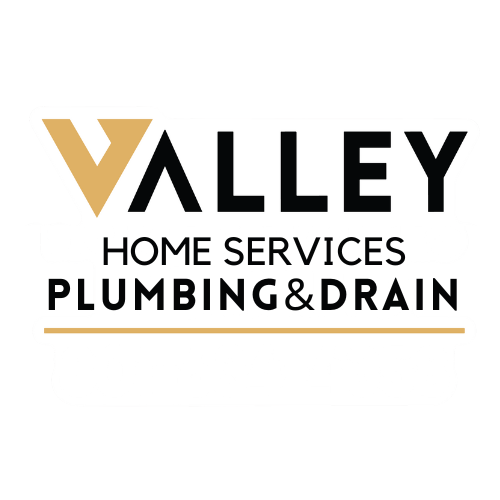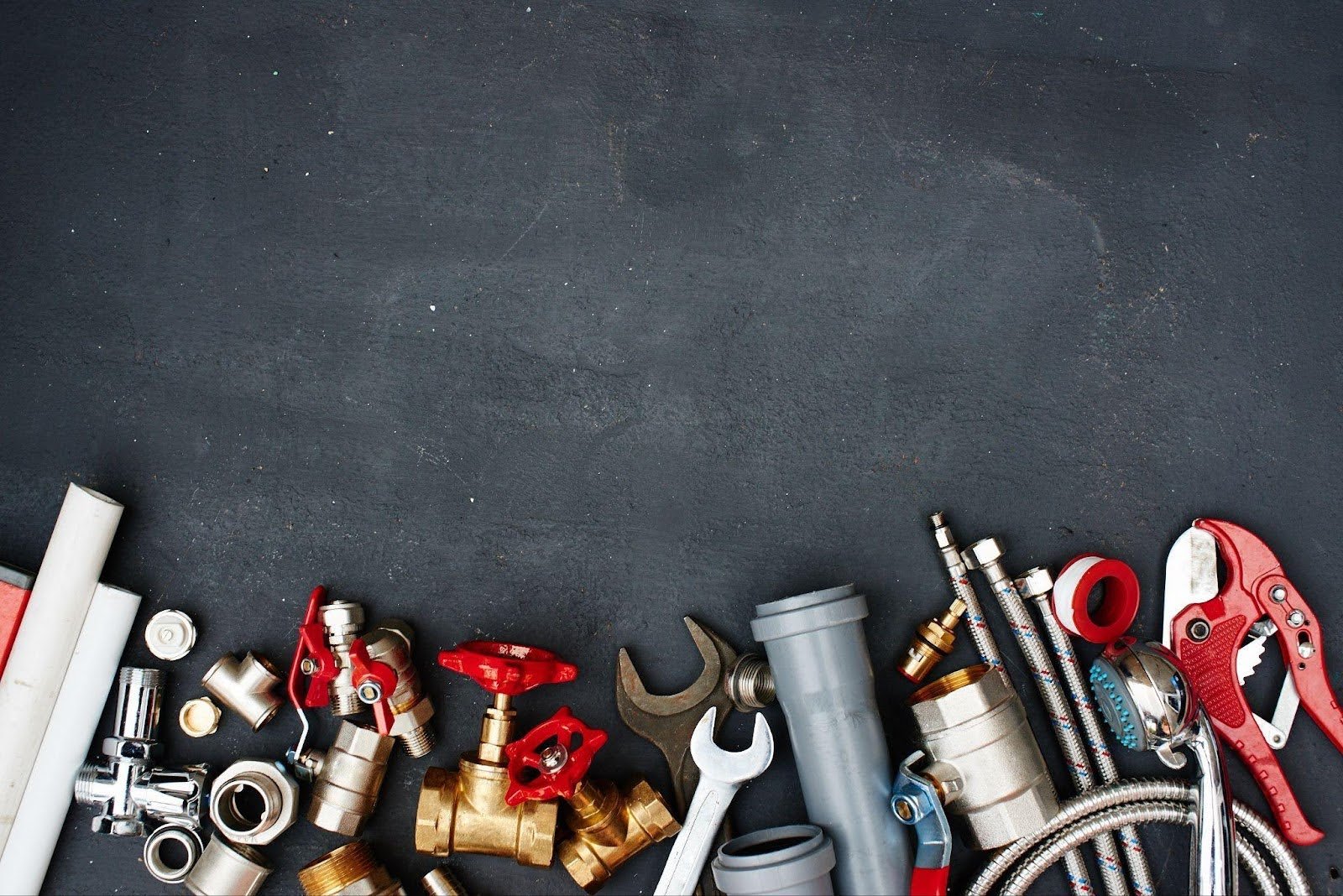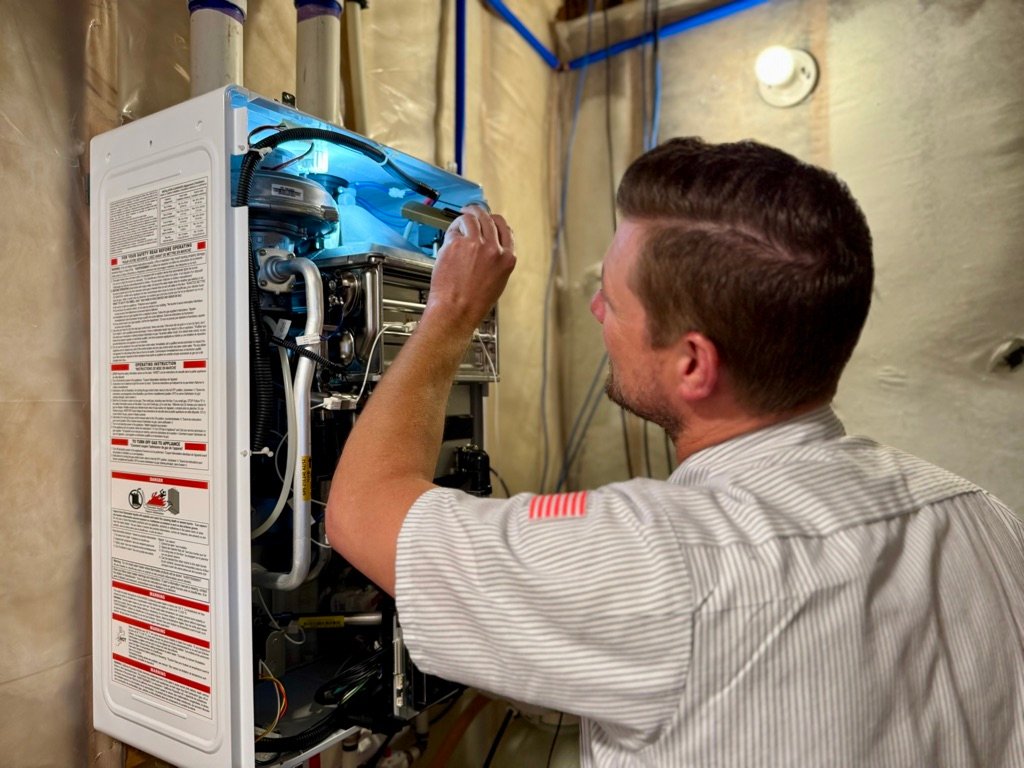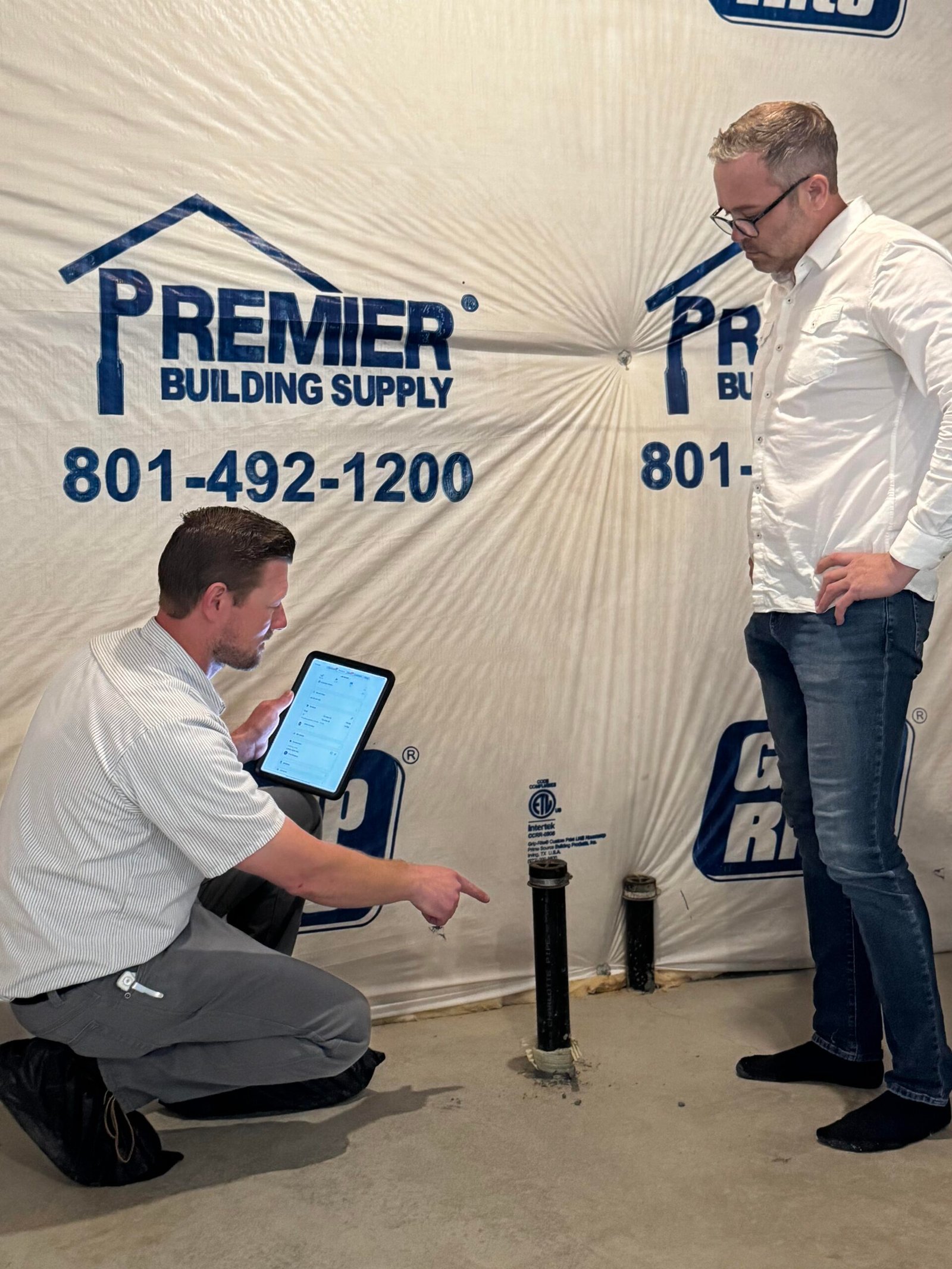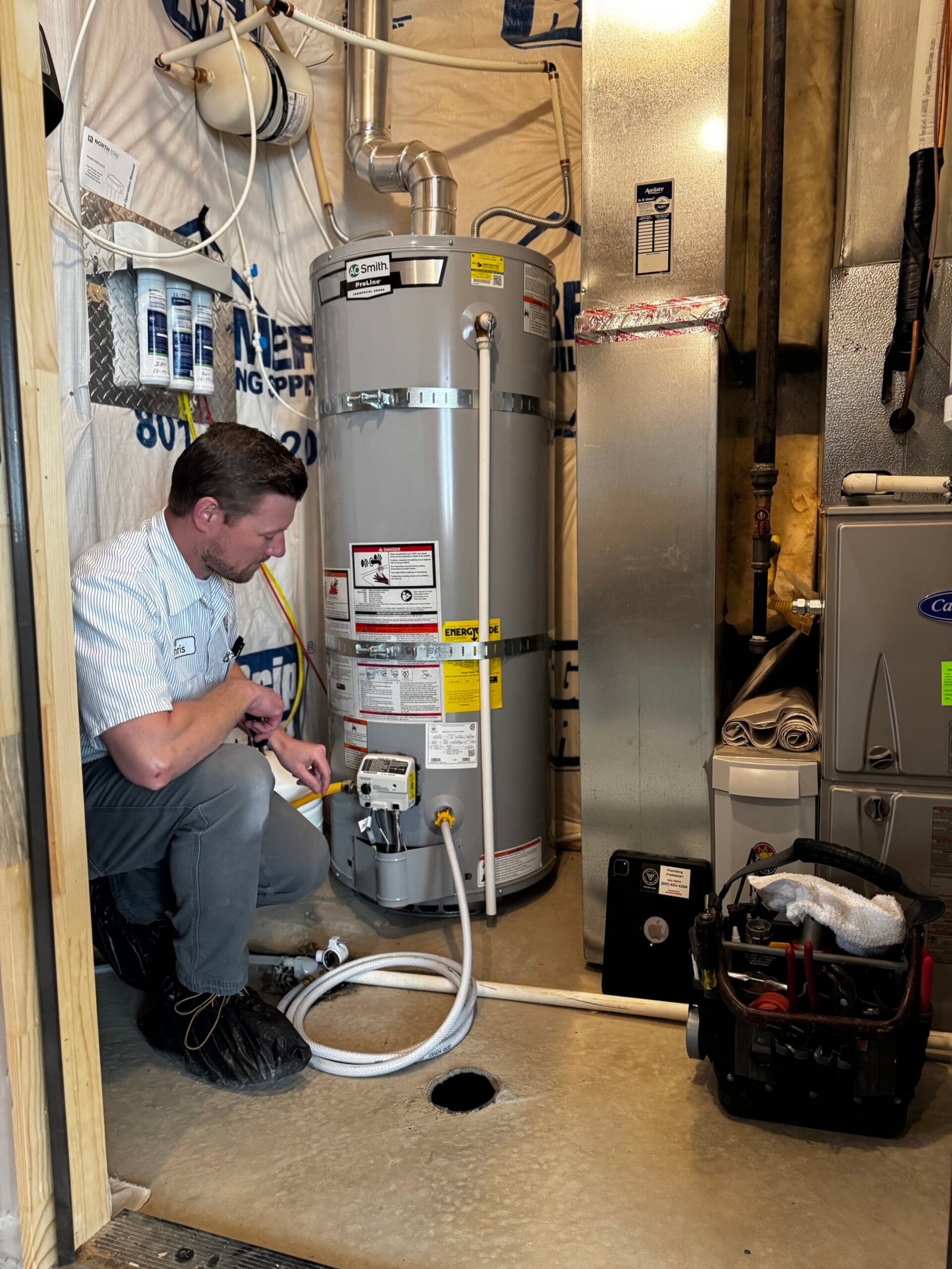Every homeowner dreads the moment a plumbing problem strikes. From leaky faucets to burst pipes, common plumbing issues are capable of wreaking havoc on daily life and lead to costly repairs. Understanding these pitfalls will empower you to keep your home running smoothly.
Plumbing issues often arise when least expected, disrupting comfort and convenience. Every homeowner should be aware of these problems, their causes, and effective prevention strategies. This knowledge saves money and protects your home from severe damage.
In this article, we delve into the 11 most common plumbing issues homeowners face and explore practical solutions and prevention tips. With expert insights, we’ll help you confidently navigate the plumbing world.
1. Leaky faucets: Identifying causes and solutions
One of the leading causes of leaky faucets is a worn-out washer. Over time, washers wear down, leading to leaks. Another cause is mineral deposits that build up in the faucet parts, preventing a proper seal. This is especially common in areas with hard water.
To solve these plumbing problems, start by turning off the water supply. Disassemble the faucet and check for worn-out washers or mineral build-up. Replace the faulty parts or clean mineral deposits with vinegar. Always ensure everything is tightly reassembled to prevent future leaks.
Regular maintenance helps avoid these types of plumbing issues. Checking faucets periodically will help catch minor issues before they become bigger problems. This saves water and reduces water bills. Remember, fixing a leak early prevents potential damage down the line.
2. Clogged drains: Prevention and remedies
Clogged drains are one of the most common plumbing issues homeowners face. If not addressed promptly, they’ll lead to slow drains and even potential damage. Fortunately, you can prevent clogs by taking some simple steps.
Firstly, avoid pouring grease, oil, or coffee grounds down the drain, as these may cause buildup over time. Use a drain strainer to catch food particles and hair, preventing them from causing blockages. Regular maintenance, like pouring a pot of boiling water down the drain every month, will help dissolve any minor build-up caused by soap scum or food particles.
Act quickly if you notice signs of a clog, like strange noises or slow draining. Use a drain snake or a plunger to remove minor clogs. For more stubborn clogs, a mixture of baking soda and vinegar is often an effective remedy. Simply pour the baking soda followed by vinegar, let it sit for 15 minutes, then flush with hot water.
By following these prevention tips and remedies, you’ll be able to avoid most clogged drain headaches.
3. Running toilets: Understanding the mechanisms
Running toilets happen when the tank continuously releases water into the bowl, even when you aren’t using the toilet. This wastes gallons of water and significantly increases water bills.
The main culprit behind a running toilet is often a faulty flapper valve. The flapper valve is the rubber piece at the bottom of the tank that lifts to let water flow into the bowl and closes to stop the flow. If it doesn’t seal properly, water leaks continuously. Mineral deposits or wear and tear can cause these seals to degrade over time.
Another potential issue is a misaligned float. The float controls the tank’s water level. Water will constantly flow into the overflow tube if it’s too high. Regular maintenance helps prevent these issues. Inspecting and replacing worn-out parts proactively will save water and prevent bigger plumbing problems down the line.
4. Low water pressure: Troubleshooting tips
Low water pressure is frustrating for any homeowner. It means your faucets and showerheads aren’t performing optimally. Luckily, several troubleshooting tips will help resolve this plumbing issue.
First, check the water supply valves. Make sure they’re fully open. Sometimes, these valves get knocked into a partially closed position, reducing water flow.
Second, inspect your faucets and showerheads for mineral deposits. These build up over time and block water flow. Soak them in vinegar to dissolve the deposits.
Third, examine the hot water heater if you notice low hot water pressure. Sediment accumulates in the tank, restricting the flow. Flushing the heater often resolves this problem.
If that doesn’t fix the problem, consider possible leaks in the pipes. These can significantly lower water pressure, and regular maintenance helps catch them early on.
Lastly, if your house relies on a well system, check the pressure tank and adjust if needed. If these steps don’t help, consult a professional plumber. They’ll be able to identify and repair more complex plumbing problems, ensuring your water pressure is back to normal.
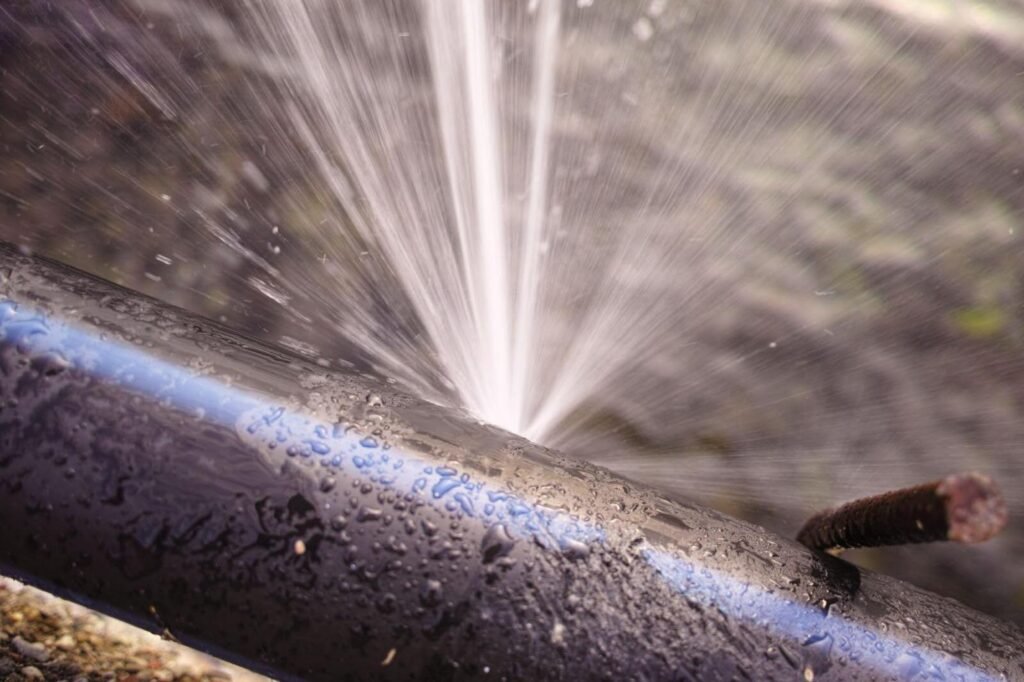
5. Burst pipes: Warning signs and emergency response
Burst pipes have the potential to cause serious plumbing issues and water damage. Knowing the warning signs will help homeowners act quickly to prevent potential damage.
Warning signs:
- Strange noises: If your pipes make banging or whistling sounds, it could mean increased pressure.
- Water marks: Look for water stains on walls or ceilings, which may indicate a leak.
- Low water pressure: Sudden drops in water pressure might signal a pipe problem.
- Unexpected puddles: Standing water in unusual places may point to a hidden leak.
Emergency response:
- Shut off water supply: Immediately turn off the main water supply to stop water flow.
- Drain the pipes: Open all faucets and flush toilets to empty the system.
- Call a plumber: Contact a plumbing expert to assess and repair the issue.
- Document the damage: Take photos for insurance purposes.
Regular maintenance and being alert to potential issues will help prevent minor issues from becoming serious plumbing problems. Act fast to save gallons of water and prevent costly repairs.
6. Dirty water: Causes and preventative measures
Dirty water in homes usually results from rusty pipes, sediment build-up in the water heater, or contamination from the main water supply. Rusty pipes may give water an unpleasant brown or red tint. Sediment collects in water heaters over time, affecting hot water quality. Pollution from the main supply often carries harmful bacteria into your home.
To prevent these plumbing problems, consider replacing old pipes with newer, rust-resistant ones. Regular water heater maintenance can also prevent sediment build-up and ensure clear, hot water.
It’s also imperative to schedule professional inspections of your water supply system to catch potential issues early. Installing a water filter protects against contamination and improves water quality.
Addressing these common plumbing issues allows you to maintain a clean and safe water supply in your home. Regular checks and timely solutions significantly reduce the risk of plumbing problems and their potential damage.
7. Sewer backups: Recognizing and addressing the issue
Sewer backups are a serious plumbing issue that causes water damage and health risks. Recognizing and addressing the problem quickly is essential.
Signs of a sewer backup include multiple drains clogging simultaneously, unpleasant odors coming from drains, and gurgling sounds from toilets or drains. Another indicator is water backing up in unexpected places, such as when water comes up in the shower when you use the washing machine.
To address a sewer backup, first stop using water to prevent more gallons of water from flowing into the system. Next, examine the main sewer line. A professional plumber will use a drain snake to clear any blockages, which tree roots, food particles, or soap scum may cause. Regular maintenance of sewer lines will help prevent future issues.
Remember, sewer backups are more than minor issues. Quick action will help prevent potential damage and expensive repairs. Regular inspection, especially if your home has old sewer lines, will help catch potential issues early and save you from major plumbing problems. Always prioritize safety and consult a professional for persistent or severe cases.
8. Water heater problems: Maintenance and repairs
Water heaters are essential for daily hot water needs, but they may encounter problems. One common issue is a lack of hot water, often due to mineral deposits. These deposits build up inside the tank, reducing efficiency. Regular maintenance, like flushing the tank annually, prevents this.
Strange noises from the water heater signal potential issues. Banging or popping sounds may indicate trapped sediment. Flushing the tank helps prevent damage and the need for costly repairs. It’s important to check the temperature setting, as hot water that’s too hot or cold water may also mean trouble.
A faulty thermostat or heating element may result in inconsistent water temperatures. Replacing these parts ensures hot water flows properly. Leaking water heaters may cause water damage, so you’ll want to inspect them regularly for leaks around the tank and fittings. By addressing minor issues early, you’ll be able to avoid major plumbing problems.
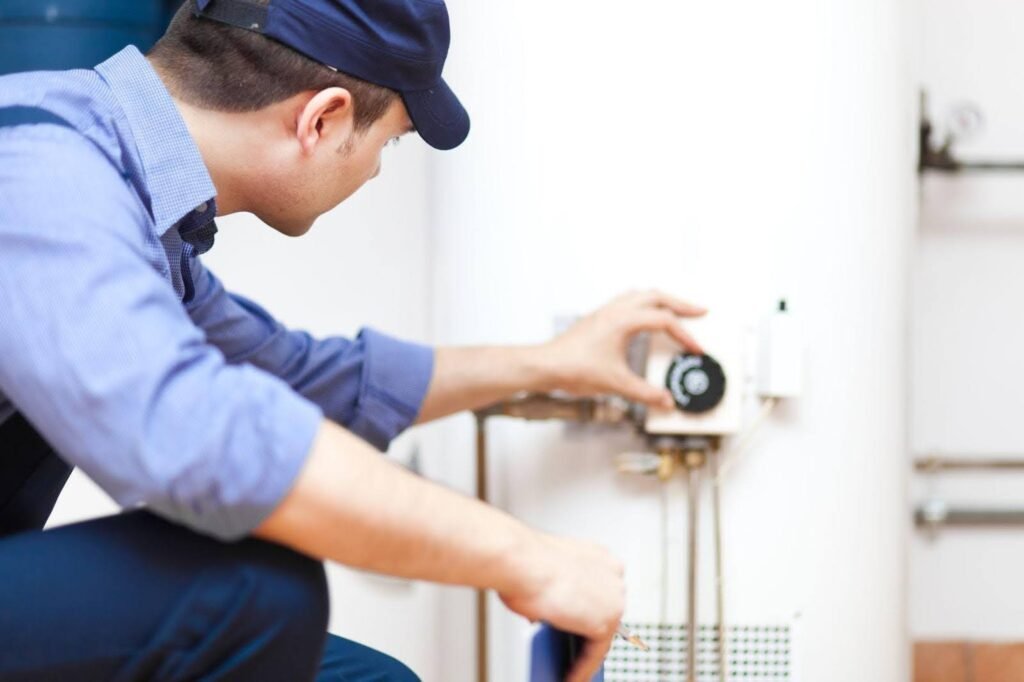
9. Slow drains: Diagnosis and quick fixes
Common culprits for slow drains include soap scum, hair, and food particles that accumulate over time. These create blockages in pipes, slowing the water flow. Using a drain snake is a quick and effective way to clear these minor blockages.
Prevent slow drains by regularly cleaning them and avoiding letting hair and food go down the drain. Install drain covers to catch food and hair before they cause a problem.
If a drain continues to be slow, it could signal a bigger issue, like tree roots in the sewer lines or potential damage inside the pipes. In such cases, call a plumber to assess and fix the problem to prevent serious damage.
Regular maintenance of your plumbing will save you from bigger hassles later on. Remember, a little care goes a long way in preventing common plumbing issues.
10. Toilet clogs: How to avoid and unclog them
Toilet clogs are one of the most frustrating plumbing issues homeowners face. They happen when excess toilet paper, foreign objects, or too much waste blocks the pipes. Here’s how to avoid and unclog them effectively.
Never flush items like paper towels, wipes, or sanitary products to prevent clogs. These can create serious blockages. Teach everyone at home to use moderate amounts of toilet paper. Regular maintenance, like checking for leaks or slow drains, will also help catch potential issues early.
If a clog happens, a plunger is your best friend. Place it firmly over the toilet drain and push gently to create suction. This will often dislodge minor issues. A drain snake might be necessary for stubborn clogs. Simply insert it into the toilet and turn the handle, and it will help break up and retrieve whatever is causing the blockage.
Following these simple steps prevents clogs and keeps your bathroom functioning smoothly. Regular checks and smart flushing habits will also prevent many plumbing problems.
11. Pipe corrosion: Recognizing and preventing decay
Pipe corrosion is a common plumbing issue that causes big problems if not dealt with early. Corrosion happens when metal pipes, like those made from copper or iron, react with elements such as oxygen or water. This reaction weakens pipes and leads to leaks or breaks.
To recognize pipe corrosion, look for signs like brown or discolored water, frequent leaks, or flakes of rust in your water. Strange noises like rattling or banging from pipes can also indicate corrosion.
Preventing pipe corrosion involves regular maintenance. Install water softeners to reduce mineral deposits and use anti-corrosive agents on your metal pipes. Checking your water supply frequently for acidity or high mineral content helps, too.
Another way to prevent corrosion is by using plastic pipes, which do not rust. Regularly inspecting your plumbing system can catch minor issues before they become major plumbing problems. By staying alert to potential issues like corrosion, you’ll keep your home’s plumbing healthy and avoid the potential damage that can lead to expensive repairs.
Valley Home Services
Ready to keep your home’s plumbing in top shape and avoid common issues? Turn to Valley Home Services for expert guidance and reliable solutions. Whether you need routine maintenance or emergency repairs, our team ensures your plumbing is always running smoothly.
Don’t let plumbing problems disrupt your home — request an appointment today and experience peace of mind with every flush and faucet turn!
